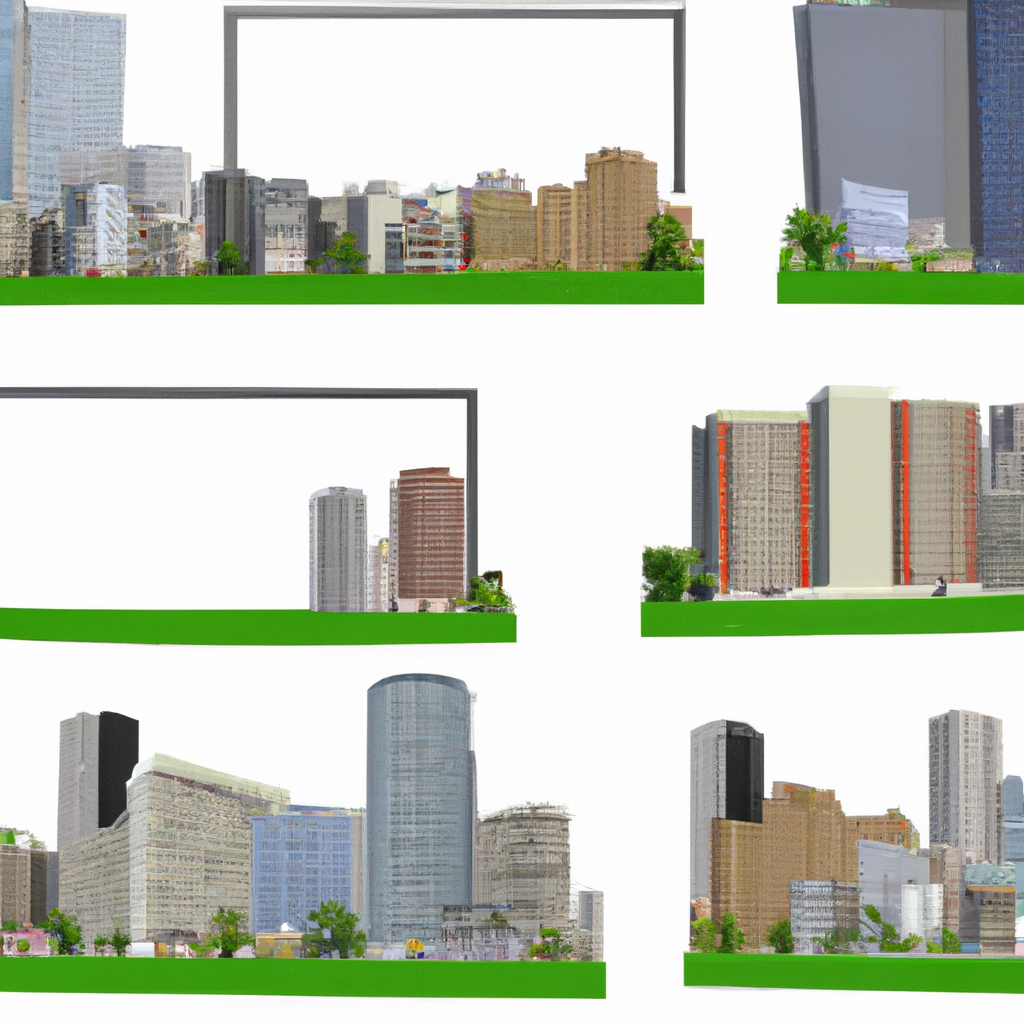
Sustainable Water Management Techniques in Public Park Landscaping
Transform Your Spaces: Premier Public Area Landscaping Services!
Have you ever strolled through a lush public park and wondered how they keep everything so green and vibrant, especially during those dry summer months? I used to think it was all about heavy watering until I started volunteering at my local community garden. That’s when I learned about sustainable water management techniques. It’s like discovering the secret sauce for keeping parks beautiful without guzzling down gallons of water.
One sunny afternoon, while we were elbow-deep in soil, our garden leader, Tom—who knows everything there is to know about plants—started talking about how cities are now using smarter ways to manage water in parks. He said something that really stuck with me: “It’s not just about saving water; it’s about working with nature.” And isn’t that kind of refreshing?
Take rain gardens, for example. These are not your typical flower beds but cleverly designed areas where rainwater naturally collects and soaks into the ground rather than running off into storm drains. A few years ago, I visited Portland (a city that really has its act together when it comes to green living) and saw these rain gardens everywhere. They’re full of native plants that thrive on rainwater alone—pretty neat, right? It made me think differently about how every drop counts.
And speaking of native plants, they’re another brilliant trick up a landscaper’s sleeve. By choosing plants that are already adapted to the local climate, parks can cut down on watering needs drastically. When my friend Sarah took over managing our neighborhood park’s landscaping project, she swapped out a lot of thirsty foreign plants for more drought-resistant natives. Not only did this save tons of water (and money), but it also brought back bees and butterflies in droves! It was like watching nature give us a big thumbs-up.
Then there’s drip irrigation systems—which sound fancy but are actually pretty straightforward once you get the hang of them. Instead of spraying water everywhere like traditional sprinklers do (ever notice how much ends up on sidewalks?), drip systems deliver moisture directly to plant roots through tiny tubes or hoses laid out across the garden bed. My uncle installed one in his backyard last year after getting fed up with his sky-high water bills—and boy did he see results! His tomato patch went from struggling to thriving almost overnight.
Oh! And let’s not forget mulch—a gardener’s best friend if there ever was one! Spreading a layer of mulch around trees and shrubs helps retain soil moisture by reducing evaporation—not to mention keeping pesky weeds at bay. Every fall after raking leaves into huge piles (which is quite the workout!), I spread them around my flower beds instead of bagging them up for collection—it feels good knowing I’m recycling nutrients back into the earth.
Finally—and this might surprise you—some parks even use greywater systems where safe-to-reuse wastewater from sinks or showers is treated slightly before being used again on lawns and landscapes instead of going straight down the drain unused—it sounds kinda gross initially but makes perfect sense when you think about conserving resources wisely!
So next time you’re enjoying an afternoon picnic or jogging along tree-lined paths in your favorite park remember there’s some smart science behind all those lovely views—and maybe feel inspired too add some eco-friendly touches in your own backyard oasis! Who knew preserving beauty could be such an adventure?